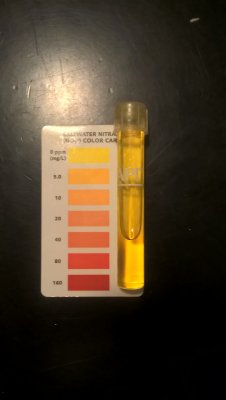Hard work in one day vs. tedious and chase like work over weeks or months of time is the difference @shollis2814 demonstrated. Your new scape and substrate has a personality unlike any other I've ever seen. Very neat to keep some collectibles of your fathers in your tank. It gives it sentimental value for sure. The nassarius snail idea is good, but don't hesitate to regularly siphon that sandbed every water change. the good siphoning does outweighs the bad in my opinion!
My vote for a coral on the fan would be an encrusting superman montipora.
My vote for a coral on the fan would be an encrusting superman montipora.



















